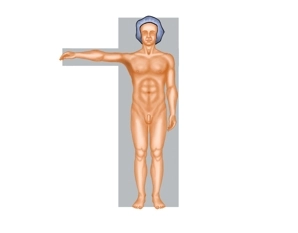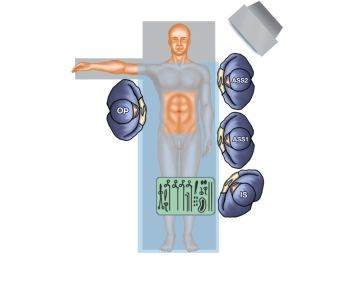postoperative analgesia:
Non-steroidal anti-inflammatory drugs are generally sufficient; if necessary, escalation with opioid-containing analgesics can occur.
Follow the link here to PROSPECT (Procedures Specific Postoperative Pain Management).
Follow the link here to the current guideline: Treatment of acute perioperative and posttraumatic pain.
medical follow-up:
- Any gastric tube is removed at the end of the operation
- Laboratory check with the following parameters on the 1st-2nd postop. day: small CBC, CRP, transaminases, bilirubin, amylase and lipase. In case of abnormalities, further diagnostics such as ultrasound, MRI, CT or ERCP.
- Monitoring of the quality and quantity of the drainage secretion. Usually removal on the 2nd or 3rd postoperative day. In case of abnormalities, further diagnostics, see above.
- If non-absorbable suture material was used, suture removal occurs on the 10th-12th postoperative day.
Thrombosis prophylaxis:
In the absence of contraindications, due to the moderate thromboembolic risk (surgical procedure > 30min duration), low-molecular-weight heparin should be administered in prophylactic, possibly weight- or disposition risk-adapted dosage, in addition to physical measures, until full mobilization is achieved.
To be noted: renal function, HIT II (history, platelet control)
Follow the link here to the current guideline: Prophylaxis of venous thromboembolism (VTE).
Mobilization: immediate
Physiotherapy: if necessary, breathing exercises for pneumonia prophylaxis
Diet buildup: immediate
Stool regulation: if necessary, laxatives from the 2nd day
Incapacity for work: 2-4 weeks
Note: In case of deviating course, an immediate clarification of the cause must be enforced with all means!


